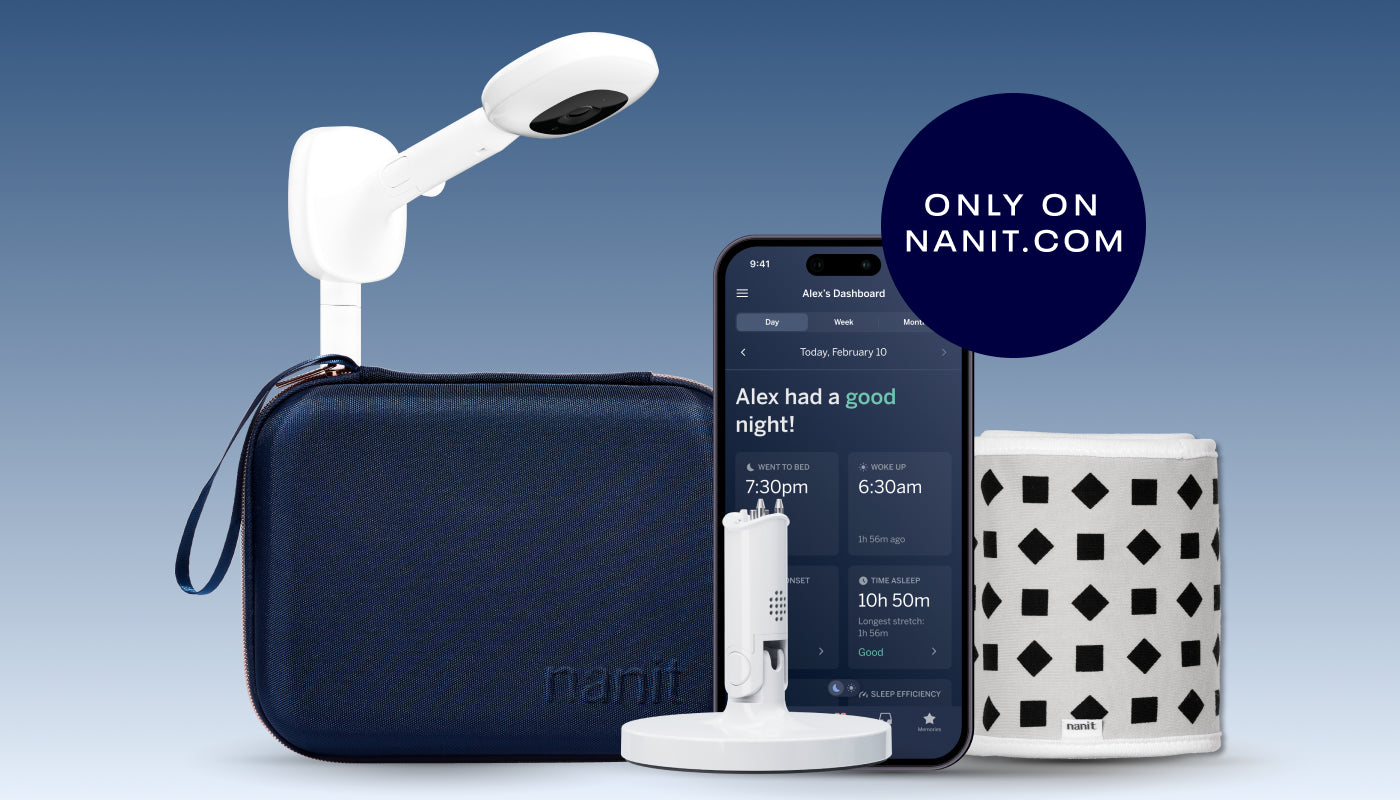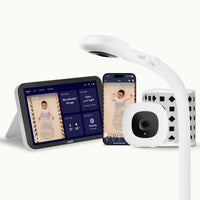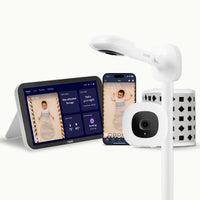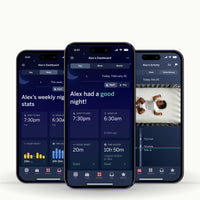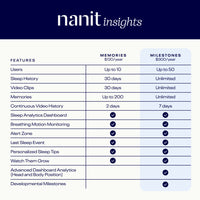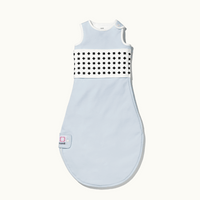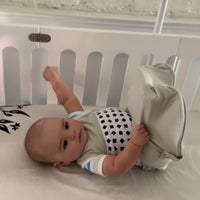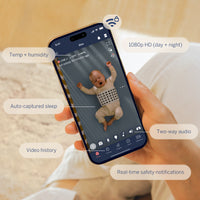Melissa Horger, Sarah Berger, Natalie Barnett & Assaf Glazer
Presented at the Biennial Pediatric Sleep Conference in November 2019
Objectives
The present study compares 3 methodological techniques- parent report, actigraphy, and a video monitoring system, Nanit- for recording infant sleep parameters. Each technique affords particular insights, but they also have limitations. Parent reports are common, easy, and usually accurate, but they are fallible since infants may not always alert parents that they are awake. Objective measures of sleep circumvent this problem. The most common is actigraphy, a small accelerometer good for multiple nights of data collection. It uses movement to delineate sleep from wake but may misidentify quiet wakefulness as sleep or restless sleep as wake (Lamprechet et al., 2015). Video monitoring has been used in isolation and with other methods such as polysomnography (Anders, Sadeh, & Appareddy, 1995). Nanit developed a system for analyzing infant sleep using a camera mounted over the crib and computer vision algorithms to determine sleep/wake states (Glazer, et. al., 2017). It can also provide more detailed, objectively recorded information such as parental visits. At present, the use and accuracy of these 3 methods will be compared in infants, assessing their ability to reliably measure sleep in a naturalistic environment.
Methods
Four infants (4 - 9 months; 3 males) underwent multiple nights of in-home data collection across several weeks. At each time point, infant sleep was assessed via parent report, actigraphy, and the Nanit system. Three sleep parameters were derived: time of sleep onset, morning wake time, and the number of wake episodes. Difference scores (in minutes) were calculated for the time variables to capture the extent to which the measures converged.
Results
For sleep onset, parent and Nanit estimates were 2 and 3 minutes (SD = 24.5 and 32.3, respectively) earlier than actigraphy. Parent and Nanit reports indicated consistently later wake times than actigraphy (M = 43.5, SD = 44.2 and M = 36.2, SD = 77.4, respectively). Parents underestimated the number of night wakings (M = 1.1) while actigraphy gave the highest estimates (M = 5.9). In a repeated measures correlation, the measures were not significantly related on reported wake episodes.
Conclusions
Overall, the Nanit and parent reports were much more consistent with each other than either were with actigraphy. Greater variability in time variables was driven by a handful of distinct evenings. Nanit videos were reviewed to examine the cause of these inconsistencies. In doing so, a pattern emerged indicating longer sleep times with increased amounts of movement, potentially biasing the actigraphy.

About the researchers
The authors include Melissa Horger, Sarah Berger, Natalie Barnett & Assaf Glazer

- Dr. Sarah Berger is a Professor of Psychology at the College of Staten Island and the Graduate Center of the City University of New York. She received her PhD from New York University. Dr. Berger was an American Association of University Women Postdoctoral Research Fellow and a Fulbright Research Scholar. Dr. Berger studies the interaction between cognitive and motor development in infancy, particularly response inhibition and its implications for the allocation of attention in very young children. A line of National Science Foundation (NSF)-funded work, in collaboration with Dr. Anat Scher, has been the first to study the impact of sleep on motor problem solving in infancy.
- Dr. Natalie Barnett serves as VP of Clinical Research at Nanit. Natalie initiated sleep research collaborations at Nanit and in her current role, Natalie oversees collaborations with researchers at hospitals and universities around the world who use the Nanit camera to better understand pediatric sleep and leads the internal sleep and development research programs at Nanit. Natalie holds a Ph.D. in Genetics from the University of New England in Australia and a Postgraduate Certificate in Pediatric Sleep Science from the University of Western Australia. Natalie was an Assistant Professor in the Neurogenetics Unit at NYU School of Medicine prior to joining Nanit. Natalie is also the voice of Nanit's science-backed, personalized sleep tips delivered to users throughout their baby's first few years.
